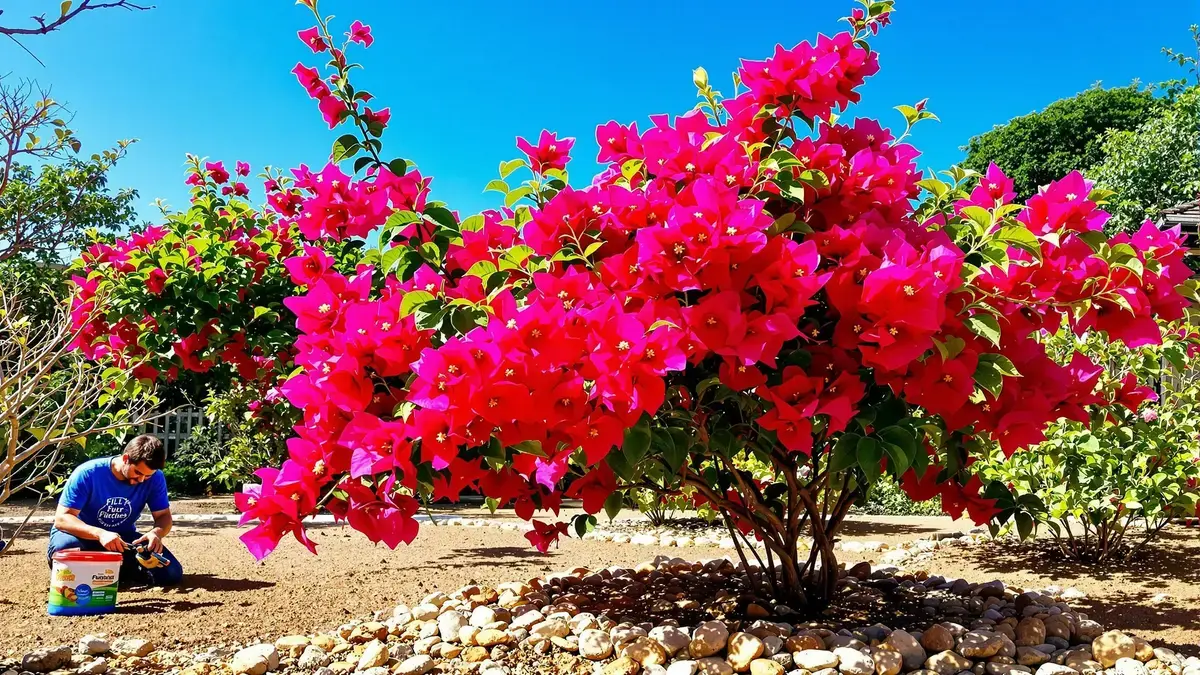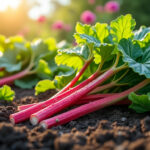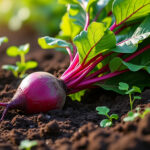The bougainvillea, this colorful and cherished plant, can sometimes disappoint with a lack of abundant flowering. The reasons for this phenomenon are numerous and often misunderstood. Direct sunlight for at least six hours a day is crucial, just like well-drained soil to avoid excess moisture. At the same time, balanced fertilization and regular pruning play a pivotal role in the flourishing of this plant. Let’s discover the keys to solving this mystery.
Key Information
- The bougainvillea struggles to bloom for various often hidden reasons.
- A direct sunlight exposure of six hours a day is essential for good flowering.
- A well-drained soil and balanced fertilization are crucial to avoid common mistakes.
- Regular observations and timely adjustments are key to successful blooming.
Capricious Bougainvillea: Hidden Varied Causes
The bougainvillea is a prized plant for its spectacular flowering, yet it often struggles to bloom as expected. The reasons can be multiple and frequent, ranging from growing conditions to inappropriate care. Indeed, often overlooked factors can significantly impact its ability to produce vibrant flowers.
Direct Sunlight: Essential for Blooming
For the bougainvillea to thrive, it needs direct sunlight for at least six hours a day. This factor is crucial as sunlight stimulates photosynthesis, a fundamental process for plants. Without adequate light exposure, the bougainvillea cannot develop the resources necessary for flower production.
Well-drained Soil: The Role of Moisture
Another essential element is that the soil must be well-drained. Excess moisture can harm nutrient absorption by the roots, which is detrimental to the overall health of the plant. Overly compacted or poorly drained soil can lead to root problems that hinder flowering.
Balanced Fertilization: The Nutrient Impact
Fertilization must also be carefully balanced. An excess of nitrogen can promote lush foliage growth at the expense of flowers. To encourage abundant blooming, it is recommended to maintain a balance between nitrogen, phosphorus, and potassium, with a particular emphasis on phosphorus, which stimulates flower production.
Phosphorus Supply: A Flowering Stimulator
The supply of phosphorus is thus vital as this nutrient promotes budding and flowering. Phosphorus-rich fertilizers should be applied especially during the growing season to help support and encourage flower blooming.
Regulated Watering: Importance of Climate
Watering should be regulated and adjusted according to climate variations. Avoiding excess water is essential; improper watering can lead to water stress or fungal diseases, both of which are harmful to blooming. Therefore, careful attention to the frequency and amount of water is paramount.
Regular Pruning: A Blooming Boost
Regular pruning also plays a crucial role in the health of the bougainvillea. By removing dead or diseased branches, the gardener allows the plant to focus its energy on producing new flowers. Pruning done at the right time will foster a fuller bloom.
Climate and Temperatures: Critical Conditions
Climatic conditions, particularly cold temperatures or frosts, can also block the bougainvillea’s flowering. It is important to shield the plants from extreme temperatures, as these can inhibit their capacity to bloom. Harsh climates sometimes require protective measures to ensure the plant’s survival and flowering.
Rest Cycle: Energy Replenishment
The bougainvillea also needs a rest cycle to rejuvenate. This dormant period is essential for allowing the plant to store the energy resources required for the next flowering period. Neglecting this need can lead to a significant decline in flower production.
Common Mistakes: Traps to Avoid
Frequent mistakes such as excess nitrogen, inappropriate watering, or poorly executed pruning can considerably harm the bougainvillea’s ability to bloom. Vigilance is therefore necessary to avoid these pitfalls that could compromise the care efforts put into the plant.
Solutions: Improvement Strategies
To remedy blooming issues, there are several practical solutions. Improving light exposure, controlling soil moisture, adjusting watering practices, and performing adequate pruning are all strategies that can promote vibrant flowering. Attentive observation of the plant’s needs allows for better care adjustments.
Resilience: Regeneration Strength
Despite the obstacles encountered, the bougainvillea shows great resilience. Its ability to regenerate makes it an ideal plant for many gardens, as it can come back to life and bloom again with proper care.
Observation and Adjustments: Keys to Success
Finally, observing the specific needs of the plant and making real-time adjustments to growing conditions are key to ensuring vibrant blooming. Understanding and responding to the bougainvillea’s requirements is essential to enjoying its unique and spectacular beauty.















